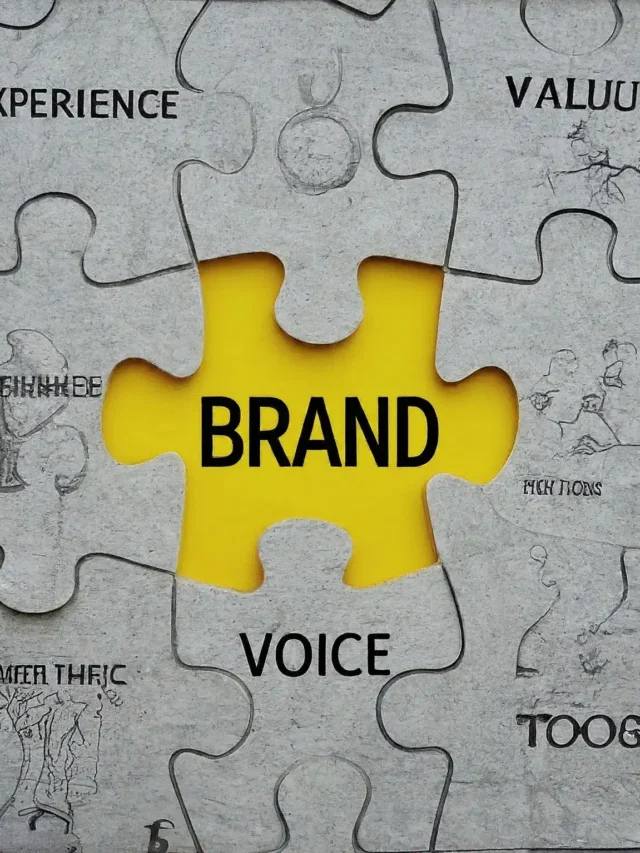In today’s digital age, Truecaller has become an app that is an integral part of our lives. If you are looking for a Mod APK Premium Gold Unlocked version of Truecaller, then this article is for you. Here we will share all the important information about this special version of Truecaller so that you can fully understand how to download and use it.
What is Truecaller Mod APK?
The Mod APK Premium Gold Unlocked version of Truecaller is a modified app that allows access to Truecaller’s paid features for free. This version includes the following key features:
Pro Caller ID
Ad-free interface
Custom call themes
Unlimited call recording
Gold and Premium badges
This version is ideal for users who don’t want to pay for Truecaller’s paid subscription but want to take advantage of the premium features.
Key features of Truecaller Mod APK Premium Gold
1. Ad-free experience
In this mod version of Truecaller, you won’t face any kind of ads. This means that your experience will be more intuitive and smoother.
2. Pro Caller ID
With this version, you get the premium service of caller ID, which not only provides the name but also additional information like location and email.
3. Unlimited Call Recording
Now you can record any important call without any limit. This feature is available in the premium version of Truecaller and can be used for free here.
4. Gold and Premium Badge
This feature gives you a special identity on your profile. The gold badge makes your account look more reliable and professional.
5. Spam Call and SMS Blocking
The ability to identify and block spam calls and SMS in this mod version is highly effective. It saves your time and mental peace.
How to download and install Truecaller Mod APK?
1. Enable Unknown Sources
First, go to your device’s settings and enable “Unknown Sources”.
Settings > Security > Unknown Sources
This step will allow you to install third-party apps.
2. Download APK from Trusted Source
Download Truecaller Mod APK only from trusted websites.
> Note: Avoid downloading apps from suspicious sites as they may contain viruses.
3. Install APK File
Once downloaded, go to the file manager and click on Truecaller Mod APK. Press the install button and wait for the process to complete.
4. Login and Setup
After installing, log in with your mobile number and give the required permissions to the app.
Advantages and Disadvantages of Truecaller Mod APK
Advantages
All premium features are available for free.
Completely free from ads.
Exclusive features like call recording and professional badge.
Disadvantages
This is an unauthorized version, which can be risky for your privacy and security.
No support is available from the Google Play Store.
It may be prone to malware and viruses.
Is it safe to use Truecaller Mod APK?
Using Truecaller Mod APK is against Google and Apple’s policy. This is an unauthorized version, which can steal your data. However, if you are downloading it for personal use only, then it completely depends on your responsibility.
Truecaller Mod APK vs Truecaller Premium
| Features | Truecaller Premium | Truecaller Mod APK |
|————————–|———————–|—————————–|
| Cost | ₹49/month | Free |
| Ad-free | Yes | Yes |
| Call Recording | Yes | Yes |
| Security | 100% Safe | Vulnerable |
| Availability | Google Play Store | Third-party Websites |
Conclusion
Truecaller Mod APK Premium Gold Unlocked can be a great option if you want to enjoy premium features for free. However, keep in mind the security and legal risks when using it.
This version of Truecaller is designed to take your experience to the next level. But if you want a safer and more reliable option, use the official premium version of Truecaller.
Truecaller Mod APK Premium Gold Unlocked: Frequently Asked Questions (FAQ)
1. What is Truecaller Mod APK?
Truecaller Mod APK is a modified version that allows access to all the premium features of Truecaller for free. It includes features like an ad-free experience, call recording, and a premium badge.
2. Where to download Truecaller Mod APK?
You can download it from a trusted third-party website. However, make sure that the website is safe and free from viruses or malware.
3. Is Truecaller Mod APK safe?
Truecaller Mod APK is an unauthorized version that may be risky to your privacy and security. Be cautious before downloading and using it.
4. Is Truecaller Mod APK available on the Google Play Store?
No, Truecaller Mod APK is not available on Google Play Store as it is not the official version of Truecaller.
5. Does Truecaller Mod APK contain ads?
No, this mod version does not contain any ads. It provides users with a clean and ad-free experience.
6. How to install Truecaller Mod APK?
1. Enable Unknown Sources by going to your phone settings.
2. Download the APK from a trusted website.
3. Click on the downloaded file and complete the installation process.
4. Open the app, log in, and start using it.
7. What are the features available in Truecaller Mod APK?
Ad-free experience
Unlimited call recording
Pro caller ID
Gold and premium badges
Spam calls and SMS blocking
8. What is the difference between Truecaller Mod APK and Truecaller Premium?
Truecaller Premium is an official version, which is completely safe and available on Google Play Store. On the other hand, Truecaller Mod APK is an unauthorized version that offers premium features for free but has security risks.
9. Does Truecaller Mod APK work on all devices?
Yes, it works on most Android devices. However, it is not available on iOS devices.
10. Is it legal to use Truecaller Mod APK?
No, using Truecaller Mod APK violates Google and Apple policies. It is unauthorized and using it may cause legal problems.












